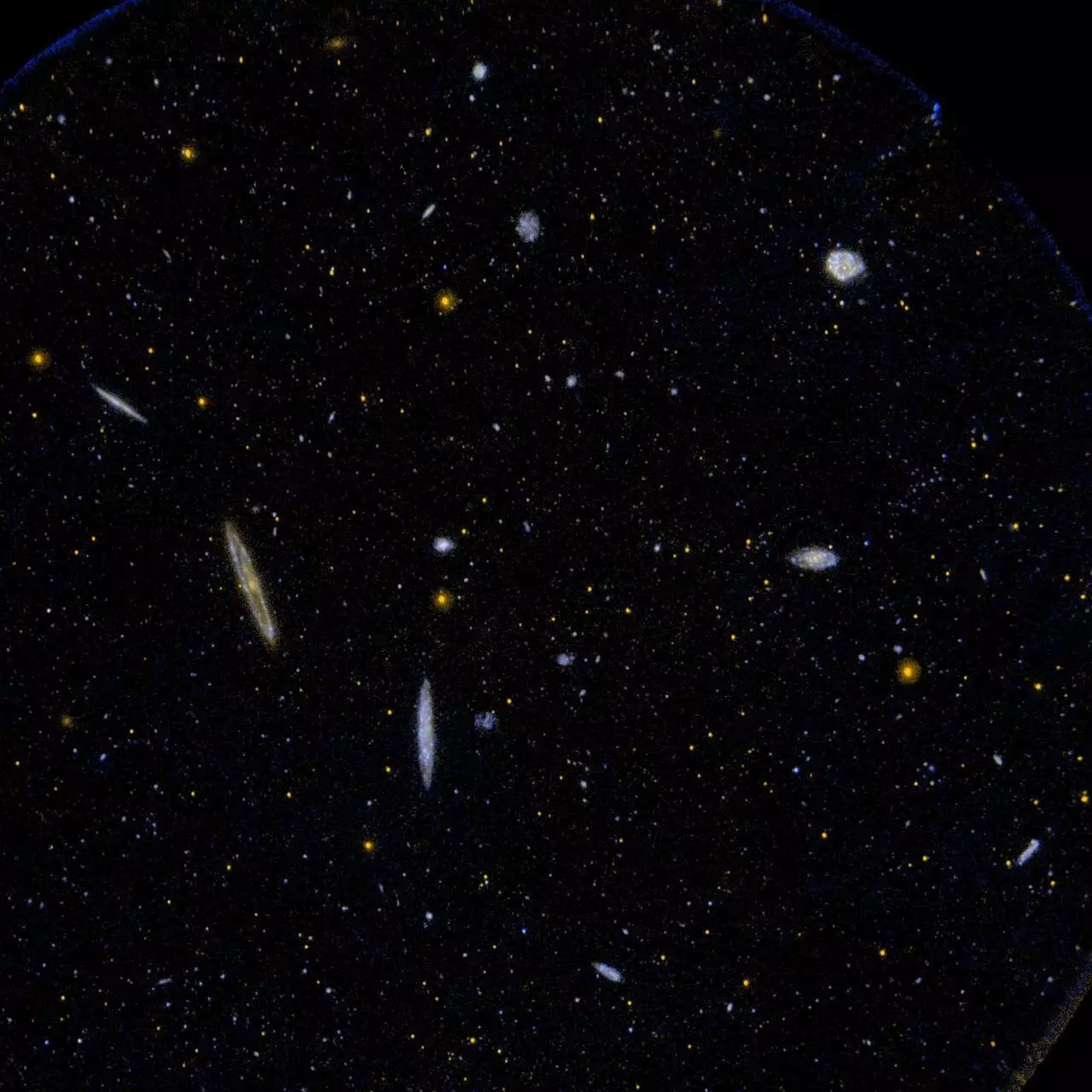Recent revelations from astronomical studies are igniting discussions in the scientific community about the foundational principles of physics. The implications of a groundbreaking study involving four universities, including Southern Methodist University (SMU), could potentially reshape the curriculum of physics education worldwide. This investigation signifies not merely an incremental advancement but a paradigm shift that may challenge the very notions of cosmology as we know it.
Central to this new exploration is the Dark Energy Spectroscopic Instrument (DESI), designed to construct an intricate three-dimensional map of the universe. This mapping offers cosmologists unparalleled insights, particularly concerning the absolute mass scale of neutrinos—particles that play a crucial role in our understanding of cosmic evolution. Researchers, including Joel Meyers of SMU, are now analyzing data that suggest a deviation from expected outcomes surrounding neutrino behavior and matter clustering.
Neutrinos, renowned for their omnipresence yet elusive nature, have been long regarded as significant players in the universe’s structure and evolution. Understanding their mass is not merely a theoretical query; it carries implications concerning how matter has clustered and evolved over billions of years. By relying on new measurements tied to baryonic acoustic oscillations—sound waves from the early universe—and the cosmic microwave background radiation, scientists are attempting to make sense of this puzzling cosmic narrative.
The data collected reveals a counterintuitive trend: rather than the anticipated suppression of matter clustering due to the presence of massive neutrinos, it suggests an enhancement of clustering instead. This finding raises more questions than answers, prompting researchers to reassess established theories that delineate the relationship between neutrinos and cosmic matter. According to Meyers, this anomaly could either indicate a flaw in measurement techniques or signify the need for new physics that transcends the existing Standard Model of particle physics.
The Standard Model has long been a cornerstone of modern physics education, elucidating how fundamental particles interact. However, findings such as the one recently reported prompt significant reevaluation. The ongoing tension in measurements, referred to by experts as “the Hubble tension,” highlights the growing disconnect between theoretical predictions and observational data—suggesting that perhaps our understanding of cosmic expansion and structure formation is incomplete.
Meyers and his team, alongside prominent theoretical physicists from various esteemed institutions, are actively investigating a range of possibilities that could account for these unexpected findings. Their inquiries focus not only on the necessity to adapt the Standard Model but also on emerging concepts in theoretical physics that could lead to a broader understanding of cosmic mechanics.
Through meticulous analysis, the research team is sifting through potential systematic errors in key observational measures, contemplating whether these discrepancies could elucidate the paradox in neutrino behavior. This systematic approach underscores the scientific method’s essence: a continual process of inquiry, hypothesis testing, and revision driven by empirical evidence.
The findings from this research are not destined for immediate resolution; understanding the implications of these anomalies may take years. However, this study represents a critical blueprint for future cosmological research. It advocates for a mindset that embraces change and uncertainty, a hallmark of scientific progress.
As educational institutions begin to integrate these evolving theories into curriculum frameworks, there’s potential for a new generation of physicists equipped to challenge and refine existing paradigms. The proposed modifications to the standard physics frameworks may ultimately foster innovative ideas, encouraging students to think deeply about the structure of the universe and question established truths.
In essence, the realization that our current understanding of the universe may be incomplete calls for a broader perspective within the realm of physics. As researchers aim to elucidate the complexities of neutrinos and matter clustering, the academic landscape is poised for a potential upheaval. We stand on the cusp of potentially significant discoveries, each questioning not only how we understand the cosmos but also the very fabric of our physical laws. The pursuit of knowledge is relentless and ever-evolving—an intrinsic quality of humanity’s quest to unravel the mysteries of existence.


Leave a Reply